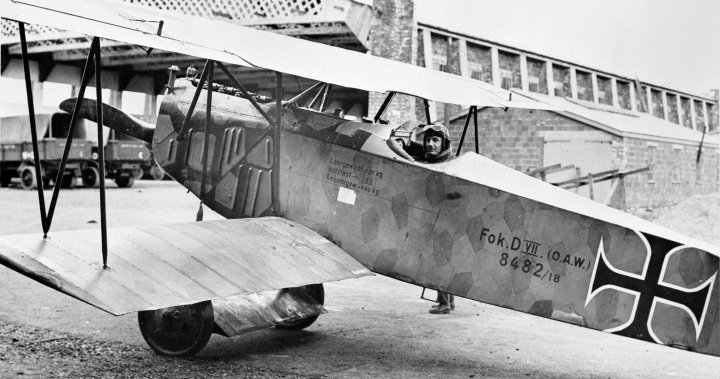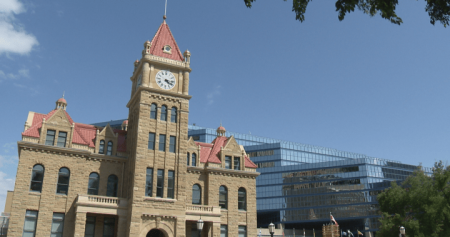Pilots in the First World War faced challenging conditions as they flew airplanes that were underpowered and flimsy. Training was also dangerous, with many pioneering pilots losing their lives. Despite the risks, over 22,000 Canadians served in the British air services during the war, with 252 coming from New Brunswick. These pilots flew in various theatres of operations, including France, Belgium, and other areas in Europe and the Mediterranean. J. Brent Wilson’s book, “War Among the Clouds: New Brunswick Airmen in the Great War,” documents the lives of these rural New Brunswick airmen and highlights their important contribution to the war effort.
During the First World War, flight evolved to include large-scale dogfights, with dozens of airmen battling for control of the air. While pilots were often glamorized as “knights of the skies,” observation aircraft played a crucial role in providing intelligence to ground forces. Maj. Albert Desbrisay Carter, a New Brunswick native, became a Great War ace by shooting down 28 German aircraft. His combat report details an engagement where he narrowly avoided crashing into an enemy plane. Despite being taken prisoner in 1918, Carter continued to stand up for British officers’ treatment in German prison camps. He tragically died in a plane crash during a training exercise in 1919.
Lt. Alfred Belliveau of Fredericton is another New Brunswick airman highlighted in the book. He trained on two-seater Maurice Farman aircraft and later attended a fighter pilot finishing school in Scotland. Belliveau’s diary entries reveal his experience learning to fly stable and easy-to-handle airplanes, as well as engaging in dogfighting exercises with cameras instead of machine guns. These New Brunswick airmen were pioneers in the new form of warfare that aircraft brought to the battlefield, making significant technological advances by the end of the war.
Despite the risks and challenges they faced, New Brunswick airmen made an outsized contribution to the wider war effort. Their stories, captured in Wilson’s book, shed light on the experiences of these pioneering pilots who came from rural communities. The sacrifices and bravery of pilots like Maj. Carter and Lt. Belliveau serve as a reminder of the important role that air forces played in the First World War. While the public often focused on the glamorous image of pilots in combat, the critical intelligence-gathering role of observation aircraft provided invaluable support to armies on the ground.
Tim Cook, chief historian at the Canadian War Museum, emphasizes the evolution of flight during the war and the shift towards large-scale aerial battles. The dramatic dogfights that took place in the skies captured the public’s attention, but it was the slower-moving observation aircraft that provided vital information to military commanders. As technology advanced and aircraft became more sophisticated, the role of air forces in warfare significantly progressed by the end of World War I. The experiences of New Brunswick airmen, as documented in Wilson’s book, showcase the innovation and courage of these early aviators in the face of unprecedented challenges.
Overall, the stories of New Brunswick airmen in the First World War highlight the courage, sacrifice, and innovation of these pioneering pilots. From training on flimsy aircraft to engaging in dogfights and providing critical intelligence to ground forces, these pilots played a significant role in advancing the technology and tactics of aerial warfare during the war. Wilson’s book serves as a tribute to these rural New Brunswick airmen, ensuring that their contributions to the wider war effort are remembered and recognized for years to come. The legacy of these airmen lives on as a testament to their bravery and determination in the face of adversity during one of the most challenging periods in modern history.
Keep Reading
Subscribe to Updates
Get the latest creative news from FooBar about art, design and business.
© 2025 Globe Timeline. All Rights Reserved.













